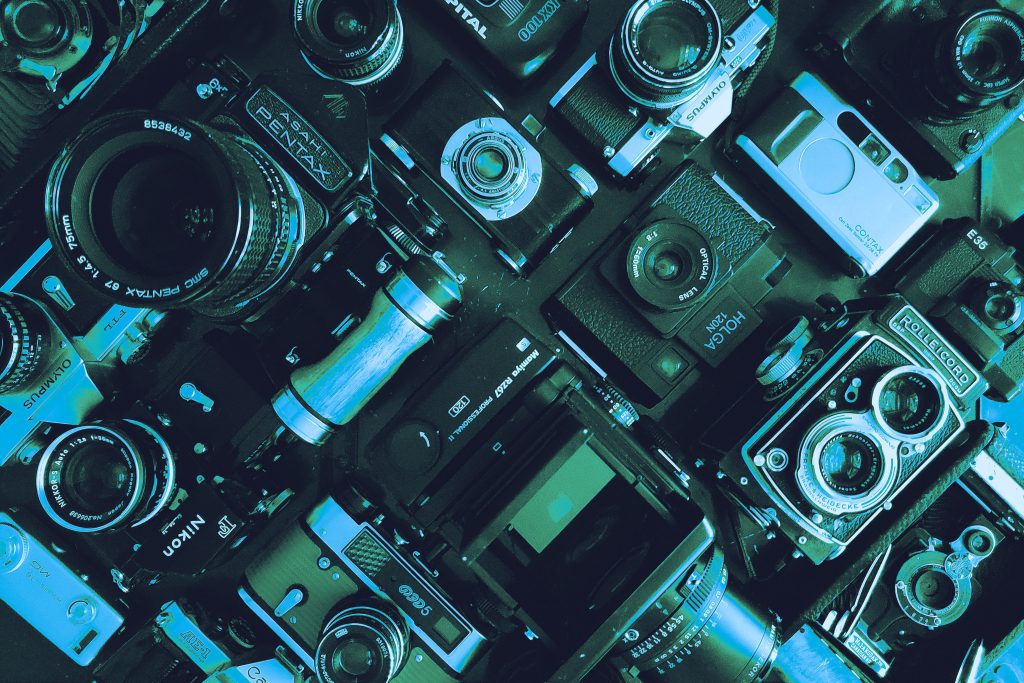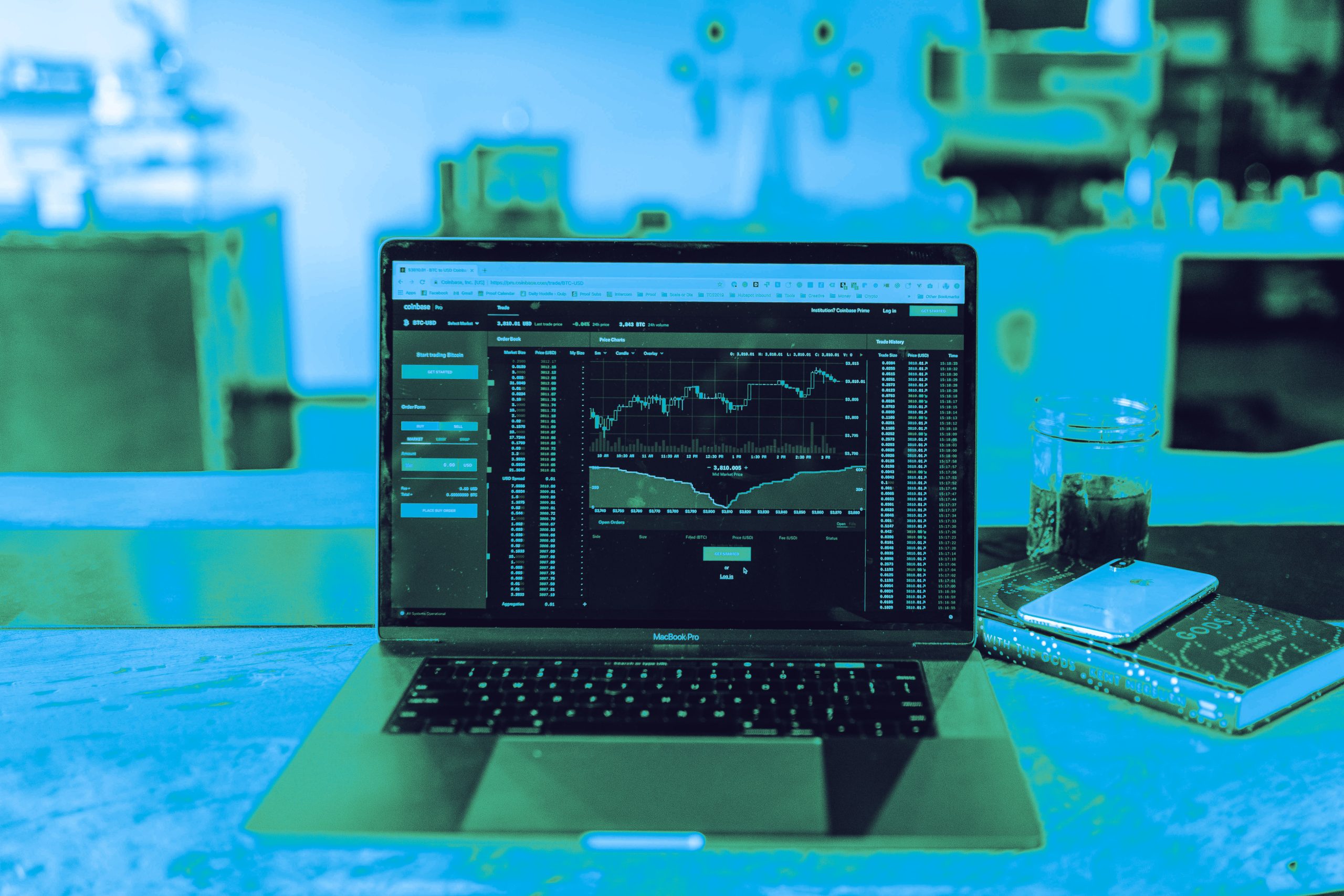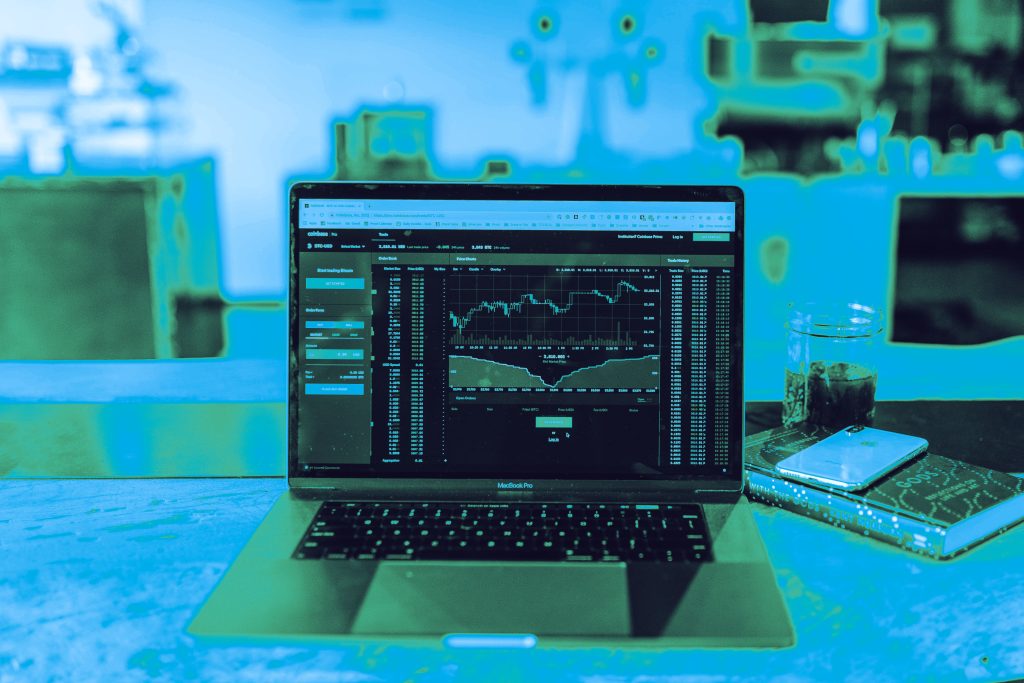Diversity is an important topic for us as recruiters. We regularly talk to guests of The Content & Media Matters Podcast about diversity in the industry, but in this episode we got more in depth with our special guest, Laura Blaisdell. Laura is the Director of Talent Acquisition and champion of Diversity, Equity and Inclusion at Avid. For the last five years she’s been helping them secure top global talent and deliver on their commitment to diversity and inclusion.
Alongside being a Director of Talent Acquisition, you’ve got diversity, equity and inclusion in your job title. What’s the motivation behind that?
Companies know that diversity matters, but most of them don’t understand what it means. It’s more than having something at the bottom of your job posting that says ‘we’re an equal opportunity employer’. At Avid, we really wanted to show that we’re a place that not only celebrates diversity, equity and inclusion, but is also focused on driving innovation and a high performance culture alongside that sense of belonging.
We know that more diverse companies perform better; that’s the business case. Years ago, that’s what we had to sell to get programme funding, but now leaders and business partners understand that you have to mirror your customer base, and the media and entertainment industry is incredibly diverse. It’s a combination of wanting to make sure that we’re finding the most diverse talent with sourcing the best skills, experiences and perspectives that we can. It’s not just about how somebody identifies themselves, it’s diversity of thought. The best way to bring the top talent in is to create an environment of belonging. We’re putting our money where our mouth is. I’m leading that function because it’s tied to the talent attraction function. It’s given me the opportunity to partner with our leaders to infuse that sense of belonging and equity into everything we do, from our hiring process to our employee incentives, mentoring and succession programmes.

What changes have you seen in recent years for topics like diversity and inclusion?
I see common themes surrounding branding, inclusivity and hiring processes being talked about in relation to diversity. There are very specific things that each organisation has to focus on depending on their niche as well. We’ve prioritised what we call our education forums, where we invite all employees to talk about things, and we schedule them in all of the different time zones to make people feel included. We’re focused on things like how we benchmark and identify what our goals and hiring stats are. This year, we’re really excited that we’ve kicked off a women in technology mentoring programme. Not only do we have women engineers in the company, but we’re enabling allies like male engineers to share their knowledge with a younger female in engineering or somebody like myself, who’s not an engineer, but I am a woman working in technology. That’s the kind of active and intentional change that we’re starting to see in companies now.
What would you change about how the industry attracts and keeps diverse talent?
It really has to be a top down commitment. When I accepted my position we had a 100% male executive team. I agreed that I would come on board full time, as long as I could put in place programmes and policies that supported D&I efforts. By the end of the first year that I was in my role, which was 2018, we hired a female CMO and a female CHRO. We went from 0% to 40% females on the executive leadership team. That showed that it can be done – we don’t have to hire the first person that meets the requirements, we should be actively looking for diverse candidates to fill the roles. I told our leaders, we are not going to make a hiring decision until you have seen an inclusive slate of candidates. That’s my responsibility, while theirs is to choose the best candidate.
It’s not enough to have an inclusive slate of candidates, you have to have an inclusive panel of interviewers as well. That’s steering the committee I’ve built for D&I. I’ve gathered about 15 people who are all committed to being part of the interview process, whether or not it’s their function, because they can provide diverse perspectives. If you’re a female interviewing with an all male team, then we’ll bring a female in from the DNI steering committee to talk about their experience with the company. Candidates have responded really well to that, and that’s what I want to see more of.
To learn more about improving diversity in the industry, tune into The Content & Media Matters Podcast here.
We sit down regularly with some of the biggest names in our industry, we dedicate our podcast to the stories of leaders in the technologies industries that bring us closer together. Follow the link here to see some of our latest episodes and don’t forget to subscribe.








